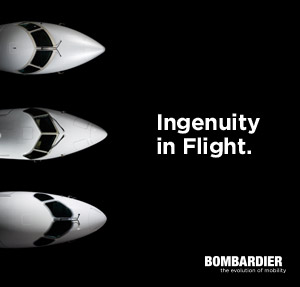NASA’s Stennis Space Center to Test Rocket Engine for Taurus II
Written by thomas · Filed Under Aeronautics NewsDecember 15, 2008
Orbital’s Taurus II design uses a pair of Aerojet AJ26 rocket engines to provide first stage propulsion for the new launch vehicle. Orbital anticipates the first engine will be delivered to Stennis in mid-2009.
“We have been tasked to design and modify one of our most versatile test facilities and have it checked out and ready for testing in 11 months,” said
Stennis engineers will have less than one year both to design and make modifications to the E-1 Test Stand to accommodate testing of the engine. The engine uses
“When Stennis Space Center develops this capability, it will make Stennis’ test expertise available to a whole new line of rocket engine developers in both the commercial and government space launch arena,” Bruce said. “We are renewing a capability that the center had when it first opened, giving Stennis the ability to test hydrocarbon fuel for the first time at the E-1 Test Stand. This fuel was used in the 1960s, when Stennis conducted tests for the Saturn V rocket. We have only tested with
Testing the engine will require two phases of work. The initial phase will ensure the facility is meeting its designed requirements. Engineers then will test the engine to determine whether it meets the contractor’s requirements. This second phase, the acceptance test, will take place in late summer 2009.
» Próximo Post - Boeing Director Gen. James Jones Resigns Board Seat
« Post Aneterior - Raytheon’s Integrated Defense Systems Achieves Highly Acclaimed CMMI(R) Level 5 Rating
Comments
¿Tiene algo que decir?
You must be logged in to post a comment.







